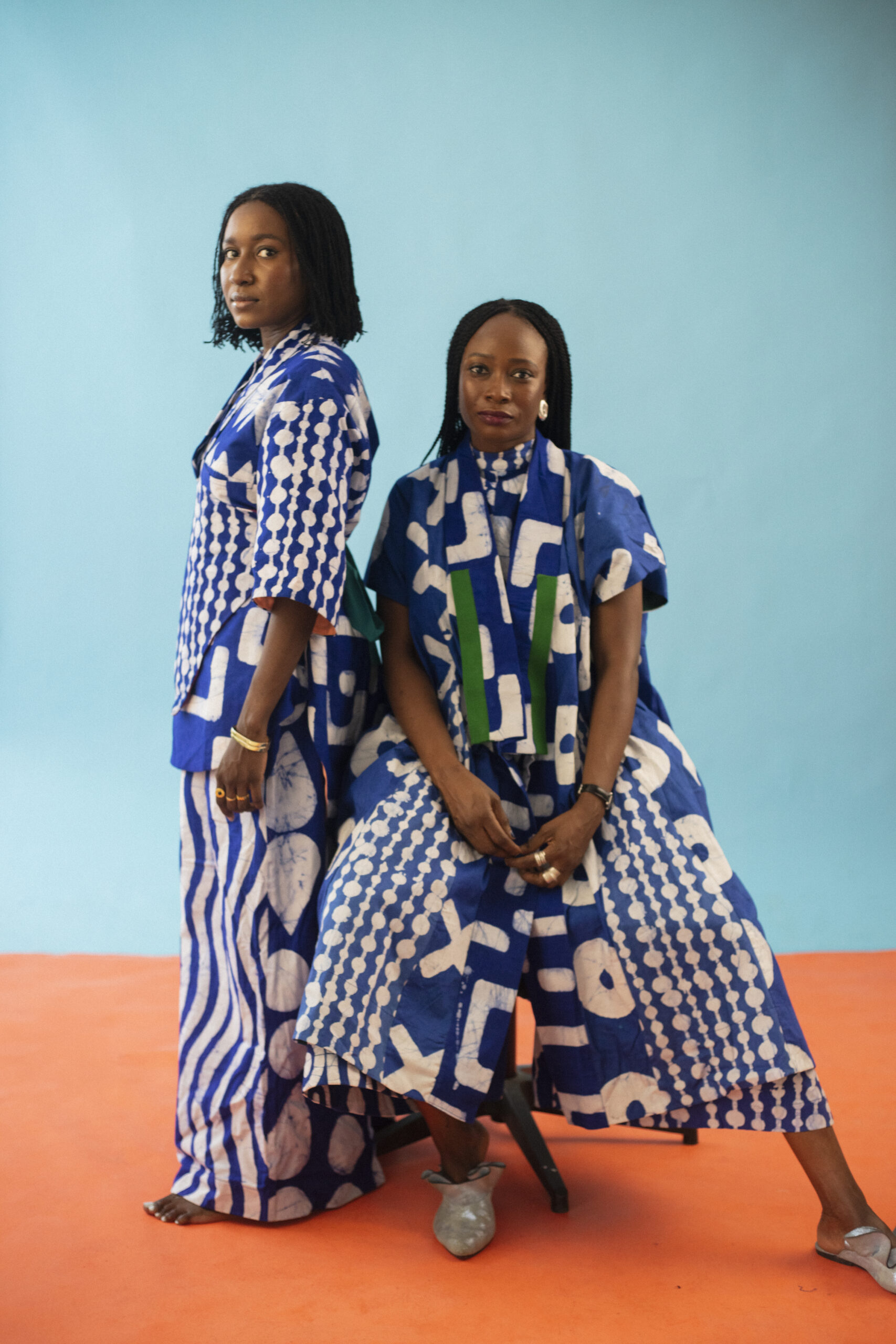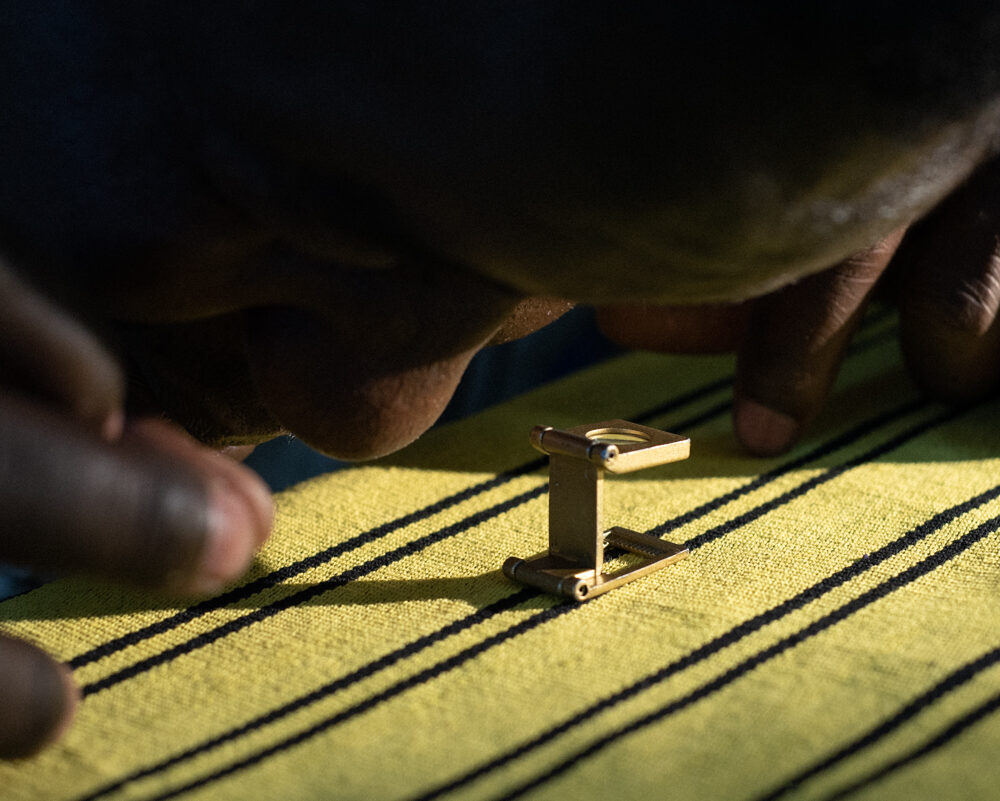In conversation with the great minds behind Lagos labels This Is Us and Dye Lab
Nigeria’s sustainable fashion scene is quietly thriving, no small thanks to This Is Us, founded by Oroma Cookey-Gam and Osione Itegboje in 2016, and Dye Lab, which was launched by Rukky Ladoja and Ozzy Etomi in 2020. Friends in life and allies in business, these four are veterans of Lagos’s creative scene having worked across fashion, graphic design, media and luxury retail. And since channelling their formidable talents into their own artisanal brands, they’ve proved that by thinking locally and acting locally, you can create covetable fashion that enrich lives and enlivens wardrobes. While This Is Us centre on workwear-inspired staples and Dye Lab revolutionise agbada silhouettes, they both preserve and transform age-old dying and weaving techniques. Here, we gather round to discuss what it takes to build an ethical business in Nigeria today.

THIS IS US transforms local materials and heritage crafts into stylish, functional items.


 THIS IS US: The Dyeing Process
THIS IS US: The Dyeing Process Kofar Mata dye pits in Kano
Kofar Mata dye pits in Kano Dye Lab Collection
Dye Lab Collection Dye Lab installation
Dye Lab installation THIS IS US x IAMISIGO
THIS IS US x IAMISIGO

